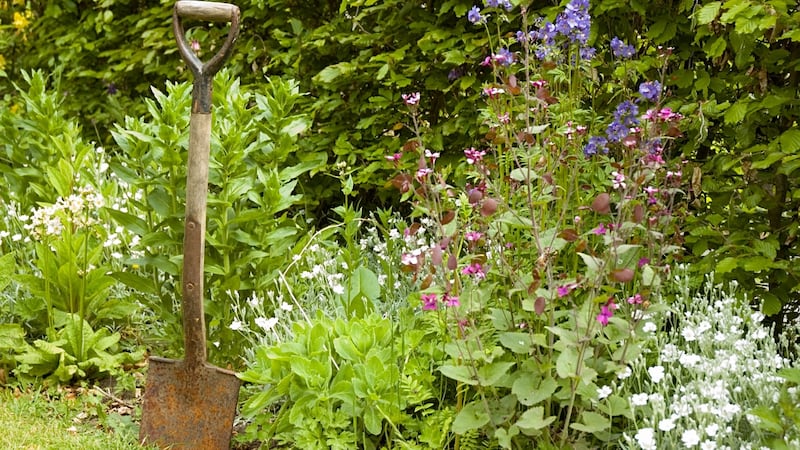There is clear evidence that being outside and engaging with nature has multiple benefits for the health and wellbeing of the general public and specific “green care” interventions have been shown to improve mental and physical health in vulnerable groups, particularly those with dementia and depression.
Green care is often provided through community gardens or allotments, care farms and environmental conservation. These kinds of activities are effective as they combine being out in nature, engagement in meaningful activities and socialising, which have all been shown to increase mental wellbeing, happiness and inclusion. It’s very easy, cheap and accessible to get some of nature’s benefits for a few minutes every day and while we’re at it, we can give nature a helping hand. By making our gardens, parks, schools, farms, churchyards and road verges more welcoming to wild animals and plants we engage in meaningful work, and make our local environment a healthier place for both people and nature. Here are some practical strategies for enhancing the benefits of nature in your life.

1 Follow the guidelines from the All Ireland Pollinator Plan to make your garden or community a haven for native flowers and pollinators. pollinators.ie
There are few sights more restful than butterflies, bees and flowers waving in a sea of green grass. Reduce your mowing schedule and spend time instead admiring the gloriously sunny dandelions and watching the first bees of the year bumble out of their winter hibernation. Don’t forget that pollinators need somewhere to live as well. Only a few species of pollinators will live in bee hotels that are springing up everywhere so make sure there are some untidy patches around the garden that other species can use.
2 Keep earth banks, stone walls and bare soil for solitary nesting bees to set up home in. Try not to use pesticides and herbicides. Insecticides may kill off the aphids on your prize dahlia but can also kill pollinators and get into streams, rivers and lakes increasing stress on freshwater species such as dragonflies. Many "weeds" are quite attractive if you keep them to a small patch of the garden or admire their ability to pop up in the wilder spaces of your garden. Manual weeding is great exercise, increasing the health benefits of being out in your garden.
3 Look after your hedgerows. A diverse, thick and tall hedgerow provides food and shelter for people, nature and livestock. Hedgerows in spring are washed with white and cream flowers providing food for pollinators. They are great foraging sites in late summer and autumn with an abundance of blackberries, sloes, damsons, hazelnuts and elderberries. Birds use hedgerows for shelter, for nesting in spring and summer and for food throughout the year. You will see berries from different species at different times, making hedgerows a constantly revolving larder for mammals and birds. The Heritage Council of Ireland has some good advice on conserving and rewilding your hedgerows. heritagecouncil.ie
4 Plant some Irish native plants, they often provide better food resources for native insects. Honesty is a real beauty, providing an early spring nectar sources for pollinators with striking purple flowers and the transparent seed pods that are the source of its common name. In autumn the seed pods fade to papery white with seeds visible within. The seeds can be sown and regrown, but you will have to wait a couple of years as they only flower in their second year. There are many gorgeous native shrubs such as hawthorn, blackthorn, holly, spindle, dogrose, Guelder rose, strawberry tree and honeysuckle that can be enjoyed by humans and nature alike.
5 Get involved in citizen science. By spotting hedgehogs, squirrels, bees, butterflies and flowers you can contribute to important scientific data bases, pick up new skills, meet interesting people and get into nature with a purpose. The National Biodiversity Data Centre runs several citizen science projects and provides great workshops for plant and animal identification. You will be amazed by what you start noticing once you get your eye in for different kinds of bees, flowers and butterflies. biodiversityireland.ie.
Yvonne Buckley is professor of zoology at Trinity College Dublin










